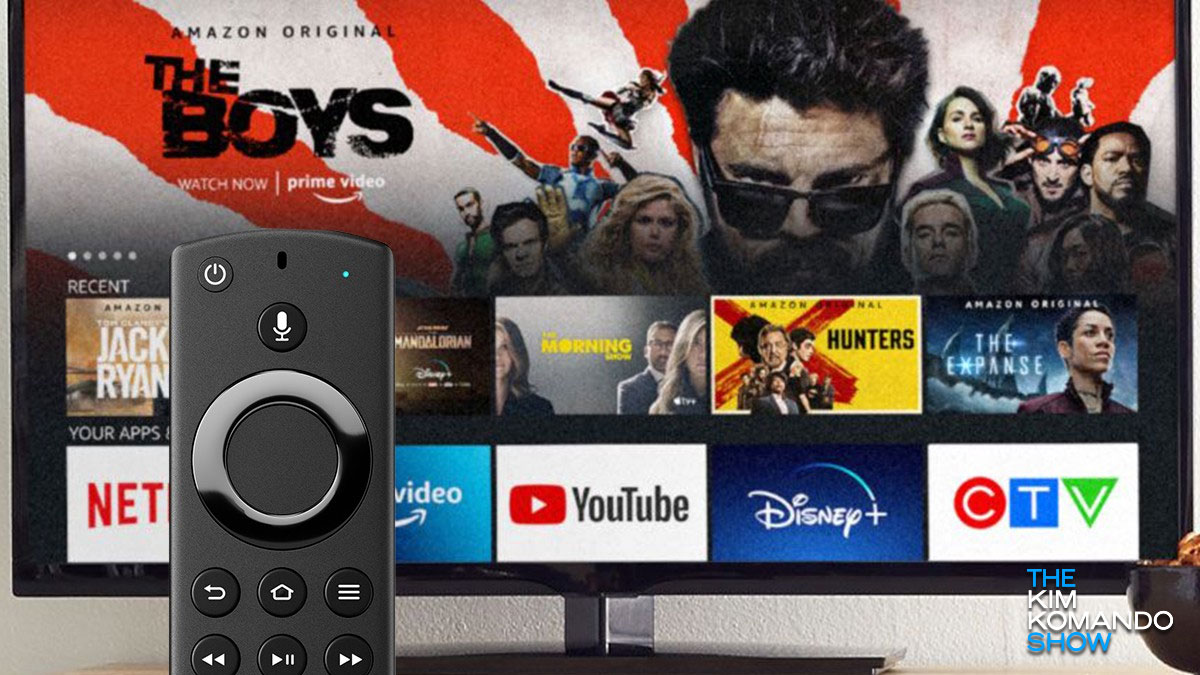Turn off this TV setting ASAP

With most tech gadgets, you get what you pay for. That means cool features and high-quality visuals are often limited to expensive devices. However, you don’t have to pay an arm and a leg to get a five-star experience when it comes to TVs.
Fiddling with your TV’s settings can do a world of good. Tap or click here for quick steps for better images no matter the price of your TV. Just make sure you know what you’re doing; otherwise, you could cause more harm than good.
One setting you should tweak was designed to make up for your television’s shortcomings. Manufacturers created the motion smoothing setting since many modern TVs lack clear motion. Here’s how it works — and why you want to turn it off.
It sounds great in theory. In practice, not so much
You’ll find the motion smoothing option hidden deep in your TV’s settings menu. It artificially adds frames to whatever you’re watching. This is sometimes called the soap opera effect.
Motion smoothing works great when you’re watching sports or playing video games. It makes fast-moving content look a lot clearer. This way, you can enjoy HD content in all its vivid glory.
However, it’s not the only way to get a better viewing experience. Tap or click here for four settings you need to change for better picture quality.
Sometimes, though, motion smoothing can be a pain. Say a football player throws the ball and it zooms across the screen.
If it’s moving at a breakneck pace, the algorithm might not be able to keep up. This creates an unnatural image as your TV scrambles to make up for the speed by adding extra frames.
Oh, and if you’re playing video games, get ready for lag. The minute you immerse, the screen starts to get all funky.
How to turn if off
Here’s a fun fact. Most movies are broadcast in 24 or 30 frames per second. Add motion smoothing and the film looks a little too real.
Tech how-to: Use your voice to control your TV

I have a rule: If an email is going to take me longer than a minute to write, I pick up the phone instead.
For many things, using our voices is just faster and easier. That’s true for controlling your phone, too. Tap or click for genius commands to try with Siri or Google Assistant.
Time-saving secret every smart TV user should turn on now

Your smart devices are getting more intelligent all the time. New models and updates add features and capabilities you may not know you need until you try them out.
Your smartphone is likely the most used gadget in your arsenal. It’s more than just a phone, and there’s always something new to try. You may know about connecting your phone to your TV wirelessly, but did you know that you can get better results with a wired connection? Tap or click here for more information.
Want a TV that lasts? This brand promises 4 more years of updates (even for older models)

Technology from companies like Amazon, Microsoft and Google has spoiled many of us into demanding faster, better, and more powerful gadgets. Sometimes features can be added through firmware or operating system updates.
